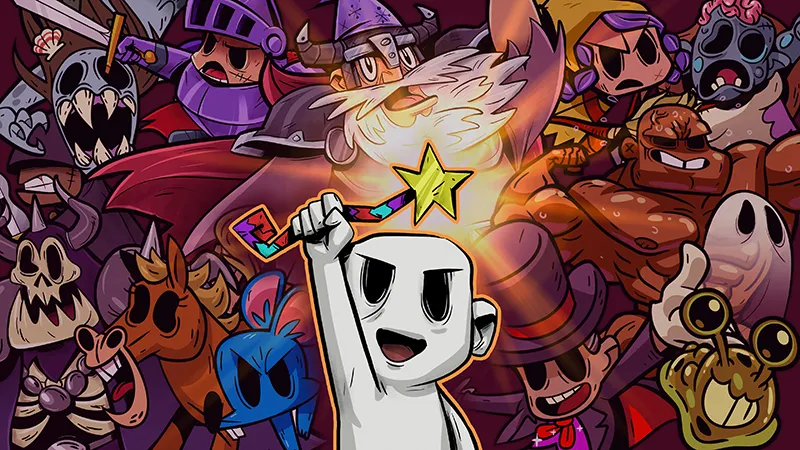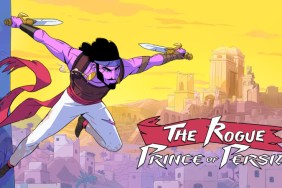Gaming has often been a great way to get some dopamine-filled satisfaction, which is more nakedly seen in RPGs. Seeing the numbers go up is gratifying on a primal level and that is one of the genre’s key pillars. But that feeling has been perverted through microtransactions or extremely bloated game design, as some publishers have exploited progression with scores of all sorts of currencies and brazen time sinks. But then there are games like Nobody Saves the World, which has been lovingly designed to give players a drip feed of those rewarding feelings but without any dubious or unethical practices attached to them.
The rewards are baked into the very center of Nobody Saves the World, as everything cleverly layers into each other. Transforming into other forms is the main hook of the gameplay, something that is evidenced in the game’s key art. Each form has associated mini-objectives — like hitting three enemies 15 times with a certain ability — that gradually unlock more moves and potential upgrades as more of these mini-objectives are completed. This is already satisfying as it uses the methodology Ratchet & Clank has been using since the second entry: leveling up something by using it is a gratifying direct reward.
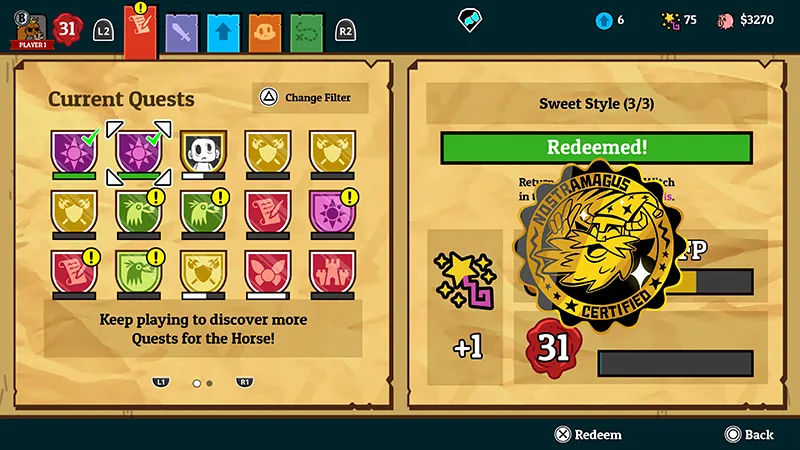
But Nobody Saves the World goes further. Leveling up forms unlocks more forms, which in turn have more challenges that unlock more abilities and the process continues. While some games like this can cause players to only use their favorites, many forms can only be unlocked when both forms that are tethered to it on the level tree are leveled up. This process teaches players to venture outside of their comfort zone, which is great for a game like this with a surprising amount of useful forms.
MORE: Star Wars: The Force Unleashed on Switch Is a Puzzling Port of a Poor Game
The challenges also further encourages experimentation as later ones start calling on users to mix and match abilities from other forms. By tying challenges to them, it’s not difficult to accidentally stumble onto a killer combo and engage more intently with the game’s systems. Nobody Saves the World’s difficulty starts ramping up after a few hours and delving into its skill trees and looking for synergies can be as fun as it is effective. And the more forms that level up, the more abilities get added to the pool, meaning the gameplay gets even more tactical. Getting killed right at the end of a dungeon is frustrating, but going back in and reconfiguring some loadouts only to crush that same tough dungeon minutes later is a true delight. An easier game would not be as satisfying and one with fewer fulfilling systems might not force players to play it at its best. It needs players to get involved with its mechanics and so it tries to make that as inviting as possible.
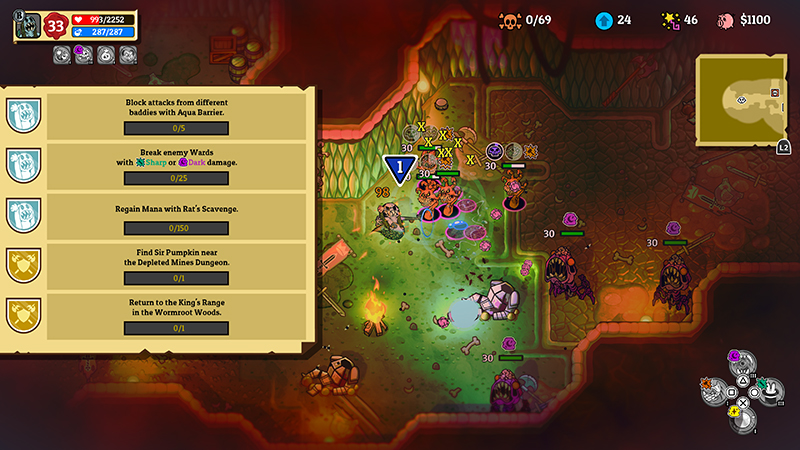
Its steady supply of dopamine stems from how the challenges are constructed and their frequency. The game starts piling on these quests pretty early on and it knows this by having the most relevant few listed on a small, unobtrusive menu on the left side of the screen. Just pressing the left shoulder button briefly expands this list (as shown in the above picture) so players can easily keep tabs on what objectives they’re close to completing. It knows it has a lot of these quests, so Drinkbox Studios makes them incredibly simple to track.
The sheer volume of them also means that attentive players almost never go more than a few minutes without seeing that telltale green check mark in the corner. Completing one doesn’t just have a pop up that disappears quickly after, though. Players have to go into the menu and manually turn it in. While that sounds tedious, it’s accompanied by a quick sound effect, a bar or two going up, and a badge that yields some positive feedback.
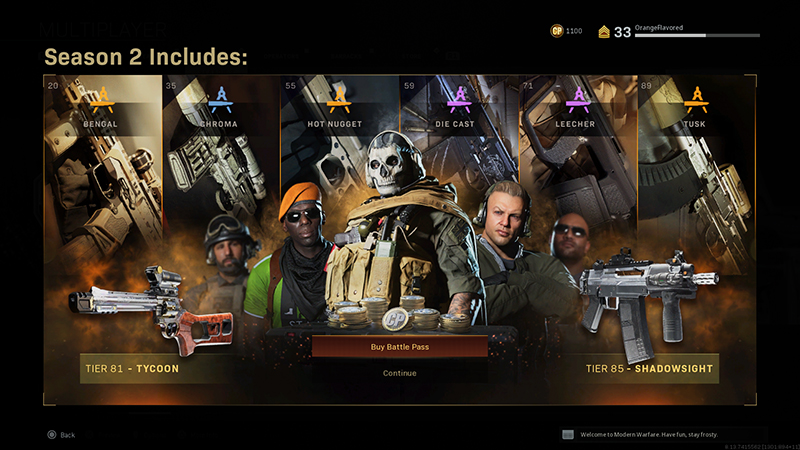
The rewards are constantly doled out, which is, on its surface, something gaming is familiar with. Many titles have intense RPG mechanics and so many things to collect and turn in. However, many of those games are more sinisterly designed and is where Nobody Saves the World stands out. Assassin’s Creed Valhalla is absolutely littered with skills to earn and loot to grind, yet it’s cynically done to keep players engaged with a game that doesn’t want to end. Ubisoft has been forthcoming about the link between long-term engagement and recurring revenue, so all of its fluff and experience bars have a more mischievous slant to them. It fills its gigantic worlds full of simple boxes to check so that people — especially completionists — are compelled to spend time and, hopefully, money.
MORE: Road 96 Is a Bumpy, Yet Important Political Road Trip
Assassin’s Creed’s microtransactions are admittedly not even the most egregious, especially when compared to other games like the most recent Call of Duty games and sports titles. Call of Duty’s battle pass, and most battle passes in general, use the psychology of numbers going up to get players to spend money to skip tiers or get the premium version of the pass. Sports games like FIFA and NBA 2K are even worse, as they both depend on gambling-like mechanics to hook players in their Ultimate Team and MyTeam modes, respectively. Those modes are founded upon the good, tingly feelings that come from gambling and is why they’ve deservedly caught so much flak over the years.
Nobody Saves the World tries to hit those similar satisfactory loops but not in a way that is designed to suck up money or too much of the player’s time. It’s got surprisingly strategic combat at its core with a unique and vibrant art style and a thumping soundtrack, all of which are aspects that make it more than just an exercise in watching XP bars fill. Its menagerie of RPG systems just sit by those other aspects and augment them in intelligent ways. Some publishers have tried to corrupt the gratification that comes with completing something by injecting money into the mix, but Nobody Saves the World uses those systems to enhance its gameplay and that is quite refreshing.
